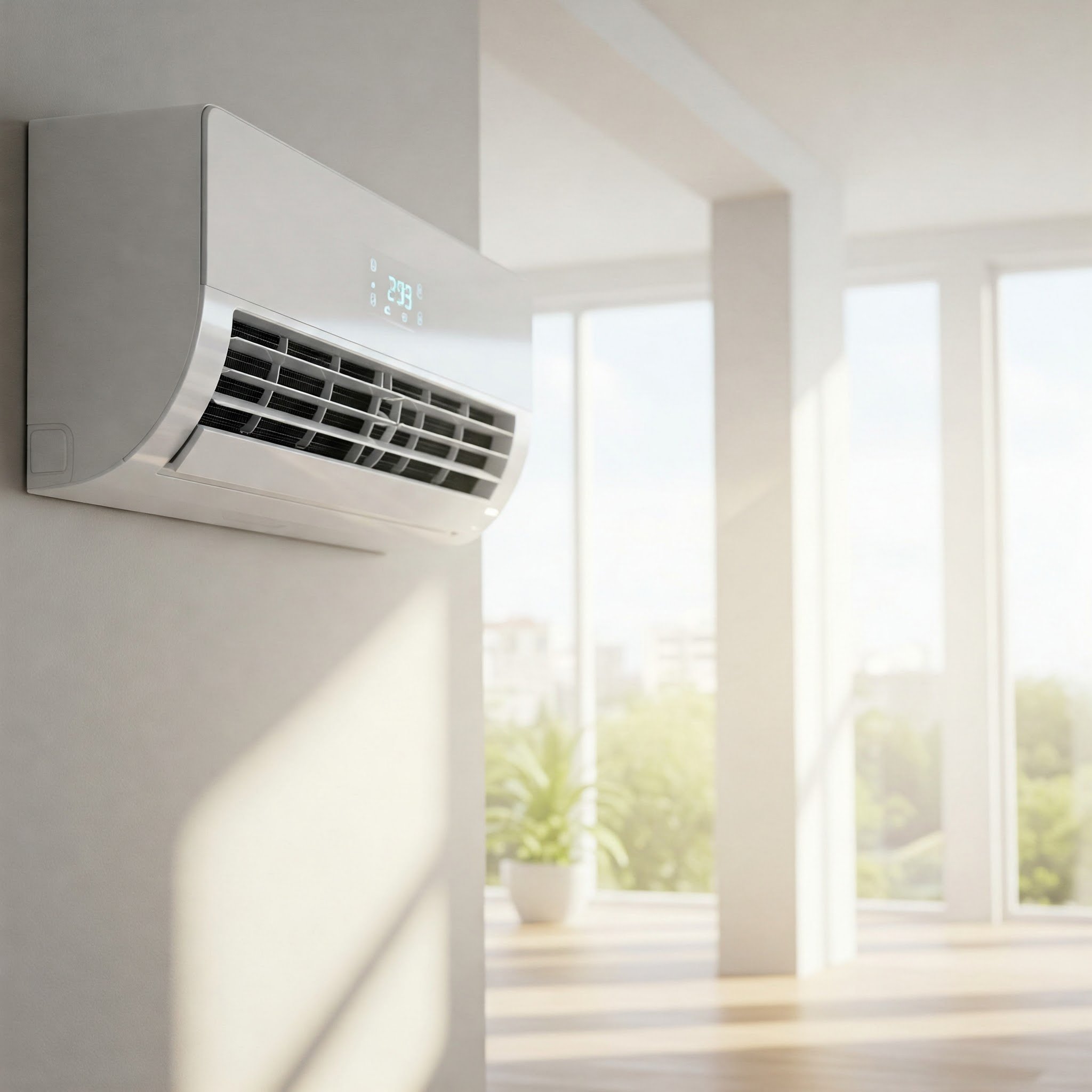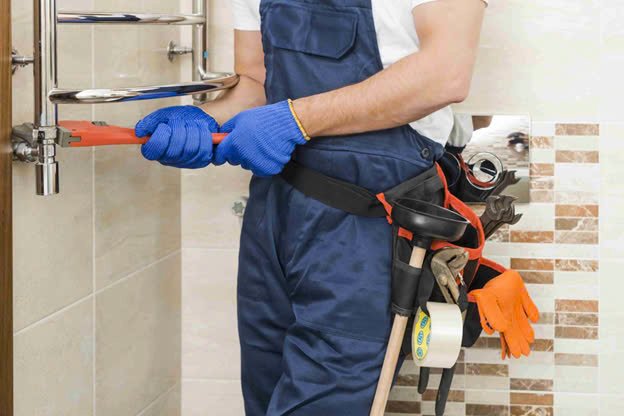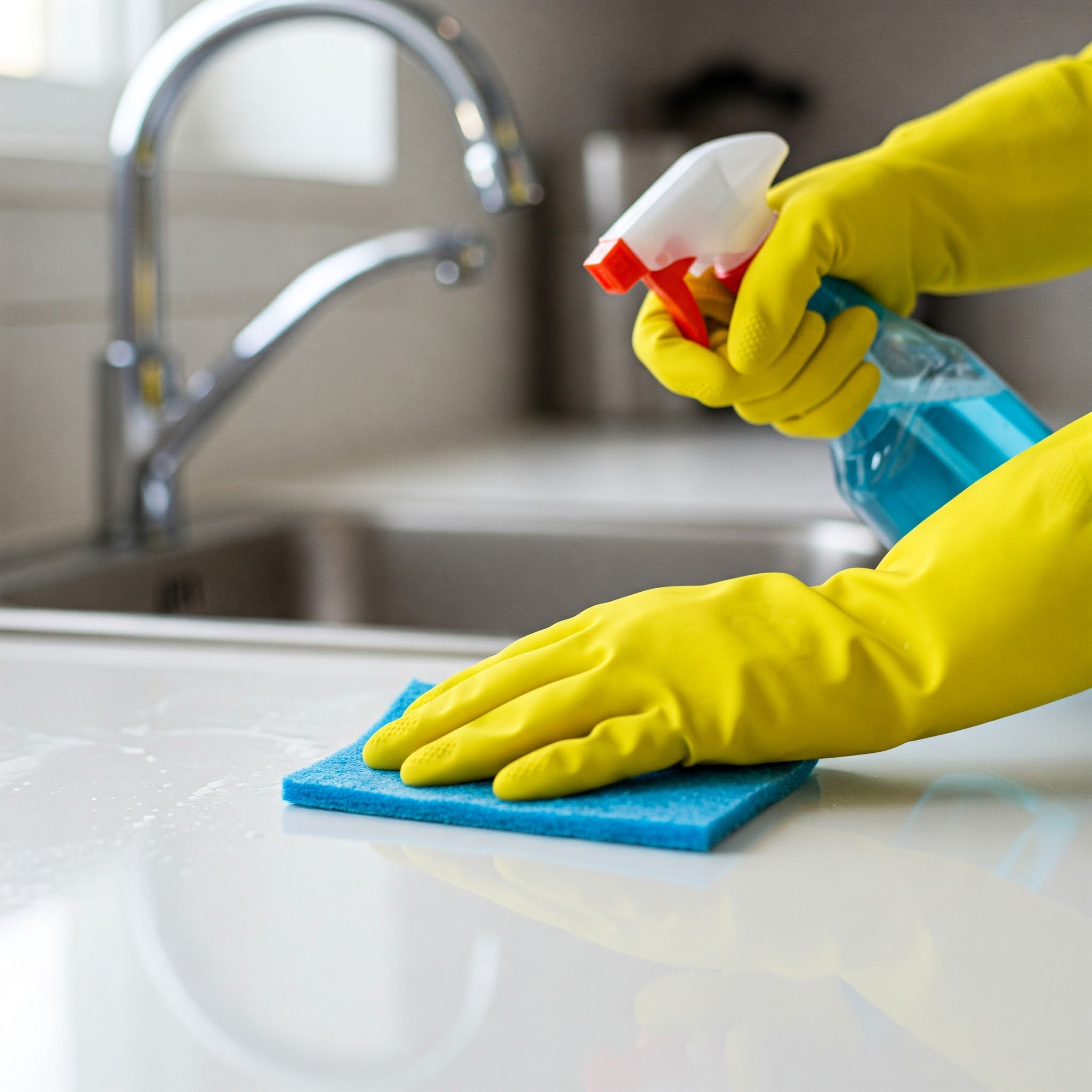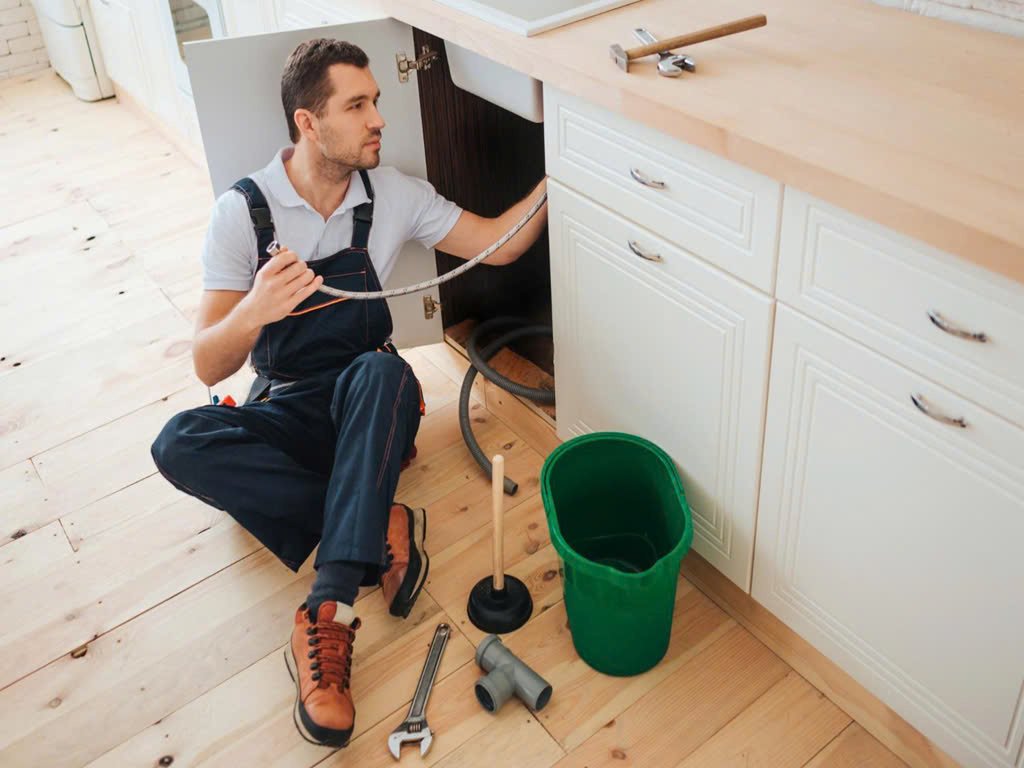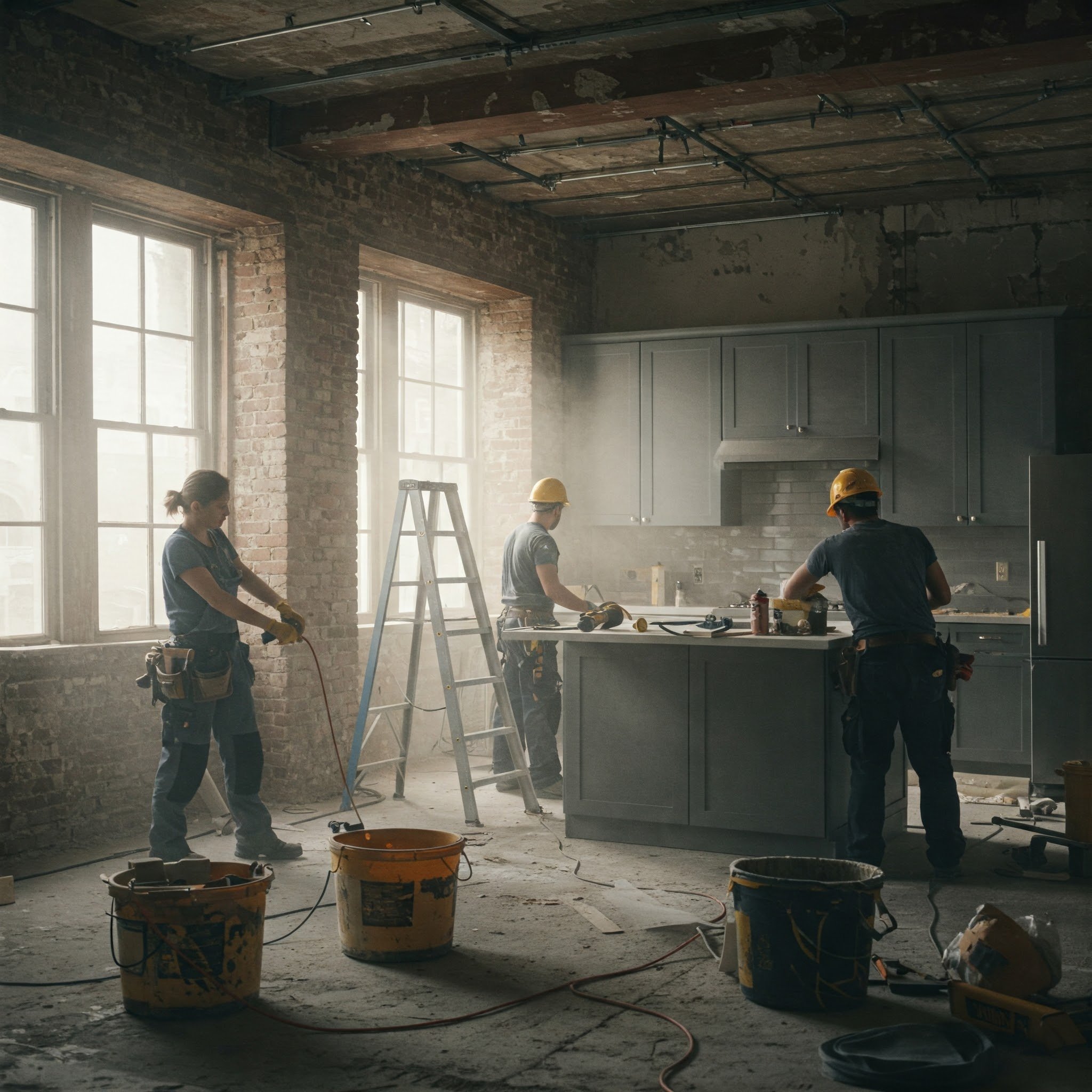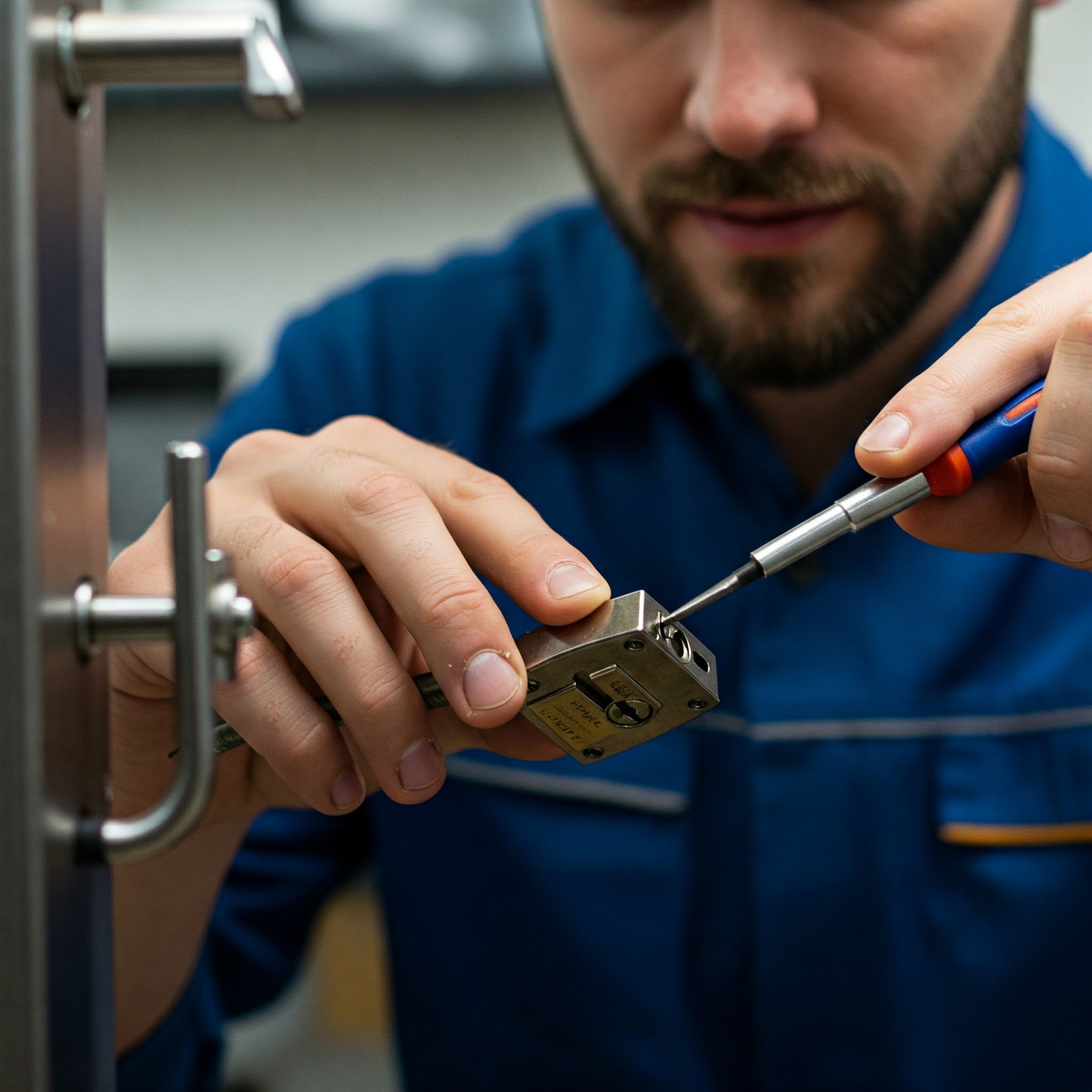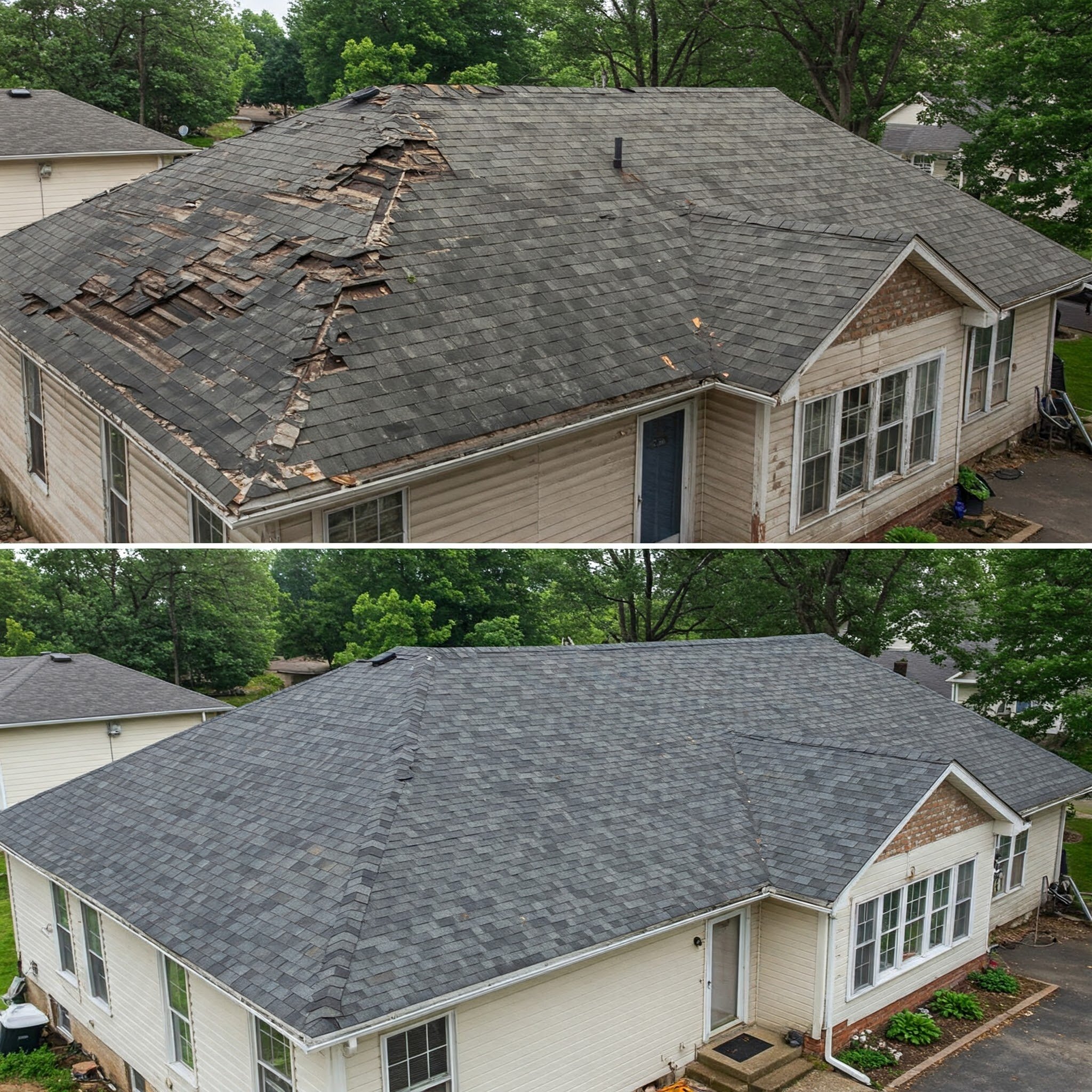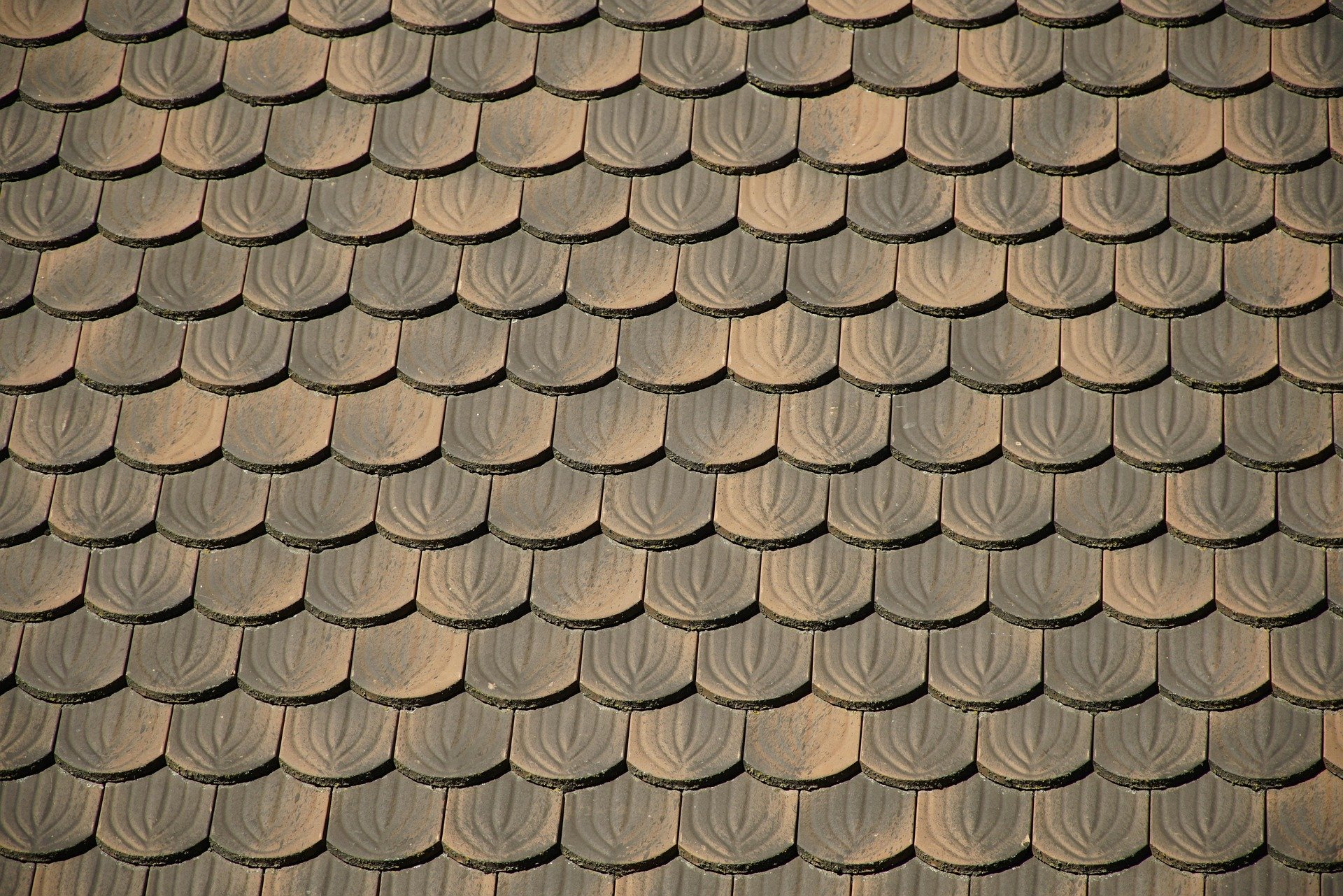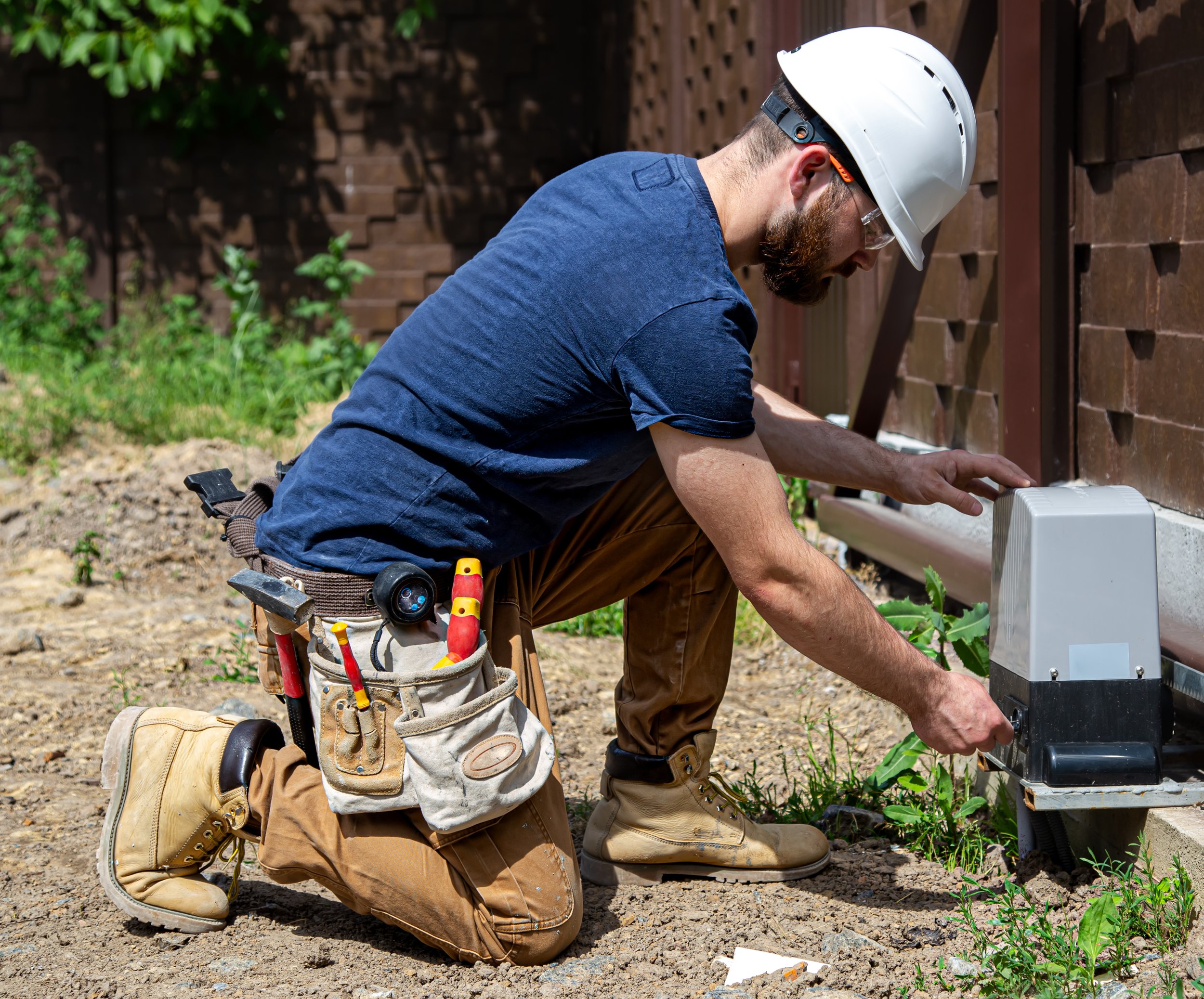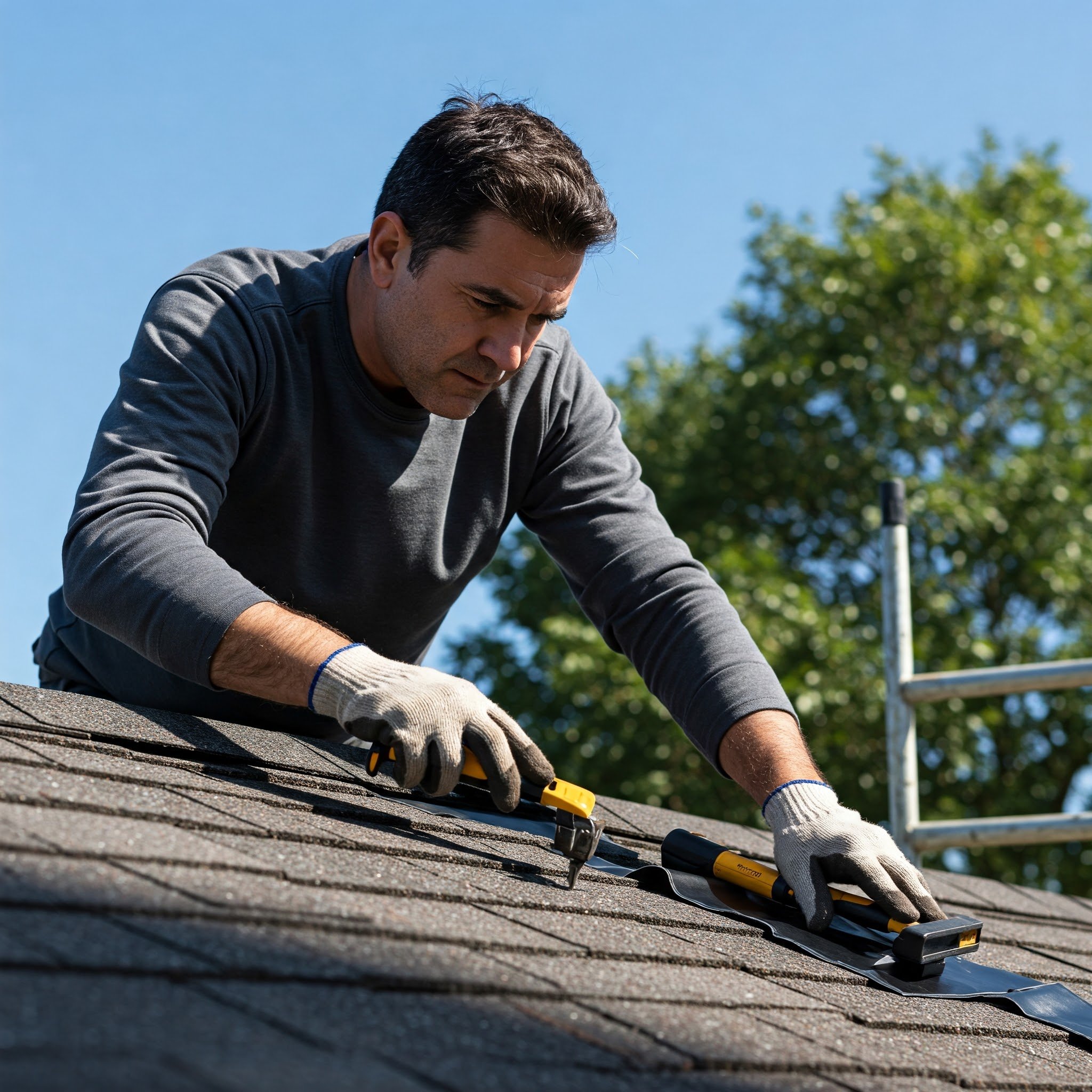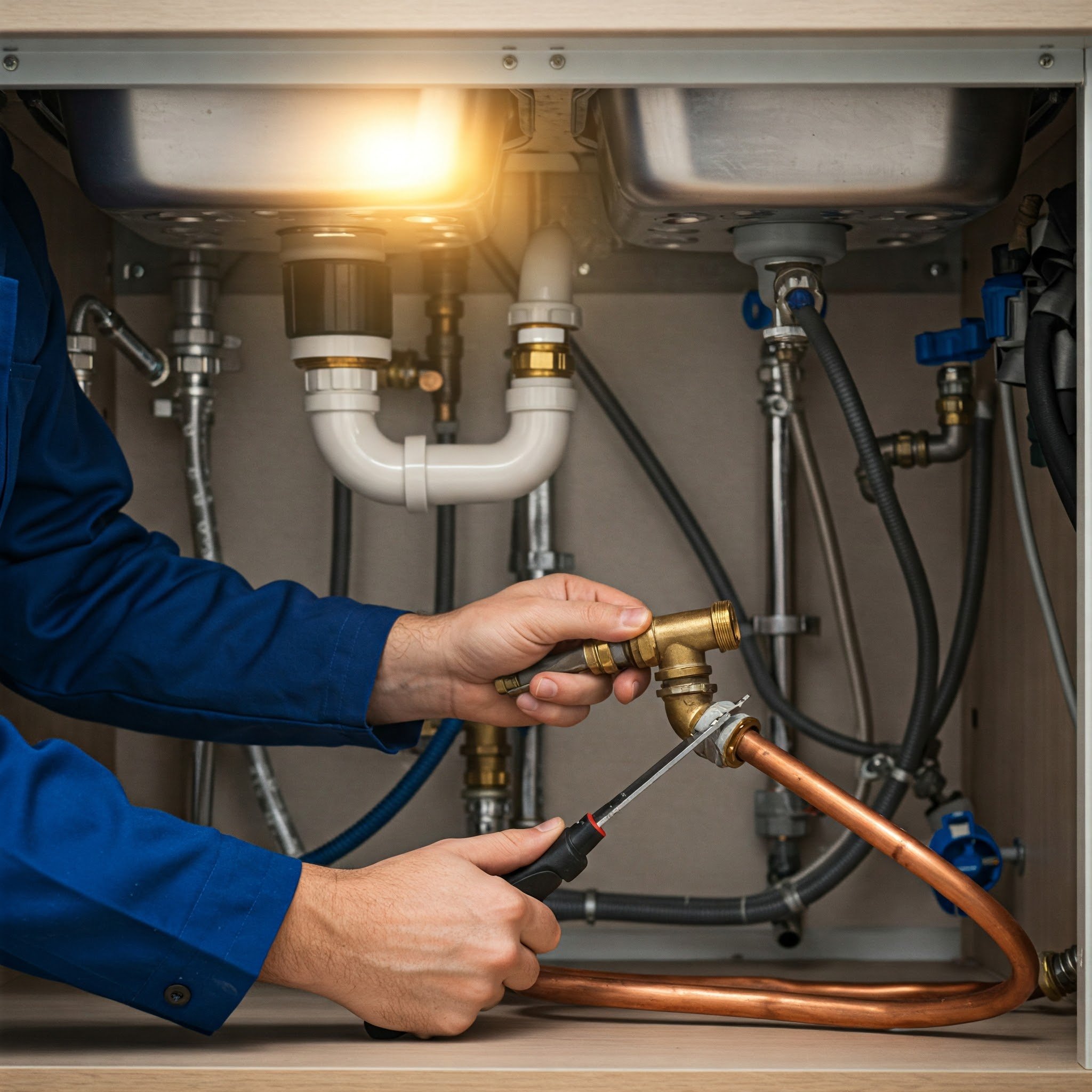How to Maintain and Clean Your Tiles to Keep Them Looking New?
Learn effective tips and techniques for maintaining and cleaning your tiles to keep them looking new and pristine for years to come.
Tiles have become a versatile and stylish choice for modern homes, enhancing the aesthetic appeal of floors, walls, and countertops. Their popularity stems from the wide array of designs, colors, shapes, and textures available, making it easy to find the perfect tile to match any décor.
From sleek, glossy finishes to rustic, natural stone textures, each type of tile brings a unique charm to your living space. However, maintaining their beauty and durability requires proper care tailored to the specific type of tile you have.
Different Types of Tiles and Their Care
Ceramic Tiles: Ceramic tiles are a popular choice due to their durability and ease of maintenance. They are resistant to stains and water, making them ideal for kitchens and bathroom renovations. To keep ceramic tiles looking new, sweep or vacuum regularly to remove dirt and debris. Mop with a mild detergent and water, and avoid using harsh chemicals that can damage the glaze.
Porcelain Tiles: Porcelain tiles are denser and more water-resistant than ceramic tiles, making them suitable for high-traffic areas and outdoor spaces. Similar to ceramic tiles, they require regular sweeping and mopping with a pH-neutral cleaner. Porcelain tiles can handle more robust cleaning methods, but it's still best to avoid abrasive tools that can scratch the surface.
Natural Stone Tiles: Natural stone tiles, such as artisan zellige tiles, granite, limestone, and slate, bring a luxurious and organic feel to your home. However, they require more specialized care. Stone tiles are porous and can be susceptible to staining and etching from acidic substances. Clean stone tiles with a stone-specific cleaner and seal them regularly to protect against moisture and stains.
Glass Tiles: Glass tiles are often used for backsplashes and accent walls due to their reflective properties and vibrant colors. They are easy to clean with a glass cleaner or a mixture of vinegar and water. Be cautious with abrasive scrubbers, which can scratch the surface of the glass.
Metal Tiles: Metal tiles, made from materials like stainless steel, copper, and aluminum, add a modern and industrial edge to your design. They are easy to clean with a damp cloth and mild detergent. Avoid using acidic or abrasive cleaners that can tarnish or scratch the metal.
Regular Cleaning and Maintenance Tips
Regular cleaning and maintenance are key to preserving the beauty and longevity of your tiles. By incorporating a few simple practices into your routine, you can keep your tiles looking pristine and prevent long-term damage.
1. Cleaning Routine
Sweep or Vacuum Daily: Dust and debris can scratch the surface of tiles, especially if they accumulate over time. Use a soft-bristle broom or a vacuum cleaner with a brush attachment to remove loose dirt.
Mop Weekly: Use a damp mop with warm water and a mild, pH-neutral detergent to clean your tiles. Avoid using harsh chemicals, as they can damage the tile surface and grout. For best results, mop in a figure-eight pattern to ensure even coverage.
Dry Thoroughly: After mopping, dry the tiles with a clean, soft cloth or towel. This step is crucial to prevent water spots and streaks, especially on glossy tiles.
2. Addressing Spills and Stains
Immediate Attention: Spills should be cleaned up as soon as they occur to prevent staining. Use a damp cloth to blot the spill, starting from the edges and working inward to avoid spreading it.
Stain Removal: For tougher stains, use a mixture of baking soda and water to create a paste. Apply the paste to the stain, let it sit for a few minutes, then scrub gently with a soft brush or cloth. Rinse thoroughly with clean water.
Avoid Abrasive Cleaners: Steer clear of abrasive scrubbers and cleaners that can scratch or dull the tile surface. Instead, opt for soft sponges or microfiber cloths.
3. Grout Care
Regular Scrubbing: Grout can easily become discolored due to dirt and moisture. Use a mixture of baking soda and water or a commercial grout cleaner to scrub the grout lines with a small brush. Rinse well and dry.
Sealing Grout: To protect grout from stains and moisture, apply a grout sealer once a year. This simple step can significantly extend the life and appearance of your grout.
4. Deep Cleaning
Ceramic and Porcelain Tiles: For a deep clean, use a mixture of white vinegar and water in equal parts. Apply the solution to the tiles, let it sit for a few minutes, then scrub with a soft brush. Rinse thoroughly with clean water and dry.
Natural Stone Tiles: Natural stone tiles, such as mosaic tile, marble or granite, require special care. Avoid acidic cleaners like vinegar, which can damage the stone. Use a stone-specific cleaner and follow the manufacturer's instructions for deep cleaning.
5. Preventive Measures
Use Doormats: Place doormats at entrances to reduce the amount of dirt and grit brought onto your tiled floors. This simple step can prevent scratches and wear.
Furniture Pads: Attach felt pads to the legs of furniture to prevent scratches and damage when moving pieces around.
Rugs and Runners: In high-traffic areas, use rugs or runners to protect tiles from excessive wear. Choose rugs with non-slip backings to prevent accidents.
Regular Inspections: Periodically inspect your tiles and grout for any signs of damage or wear. Address any issues promptly to prevent further deterioration.
Conclusion
With proper care and maintenance, your tiles can remain beautiful and durable for years to come. Establishing a regular cleaning routine, promptly addressing spills and stains, and taking preventive measures will help you keep your tiles looking new.
Remember, the key to pristine tiles is consistency and gentle care. By following these tips, you can enjoy the lasting beauty and functionality of your tiled surfaces.



